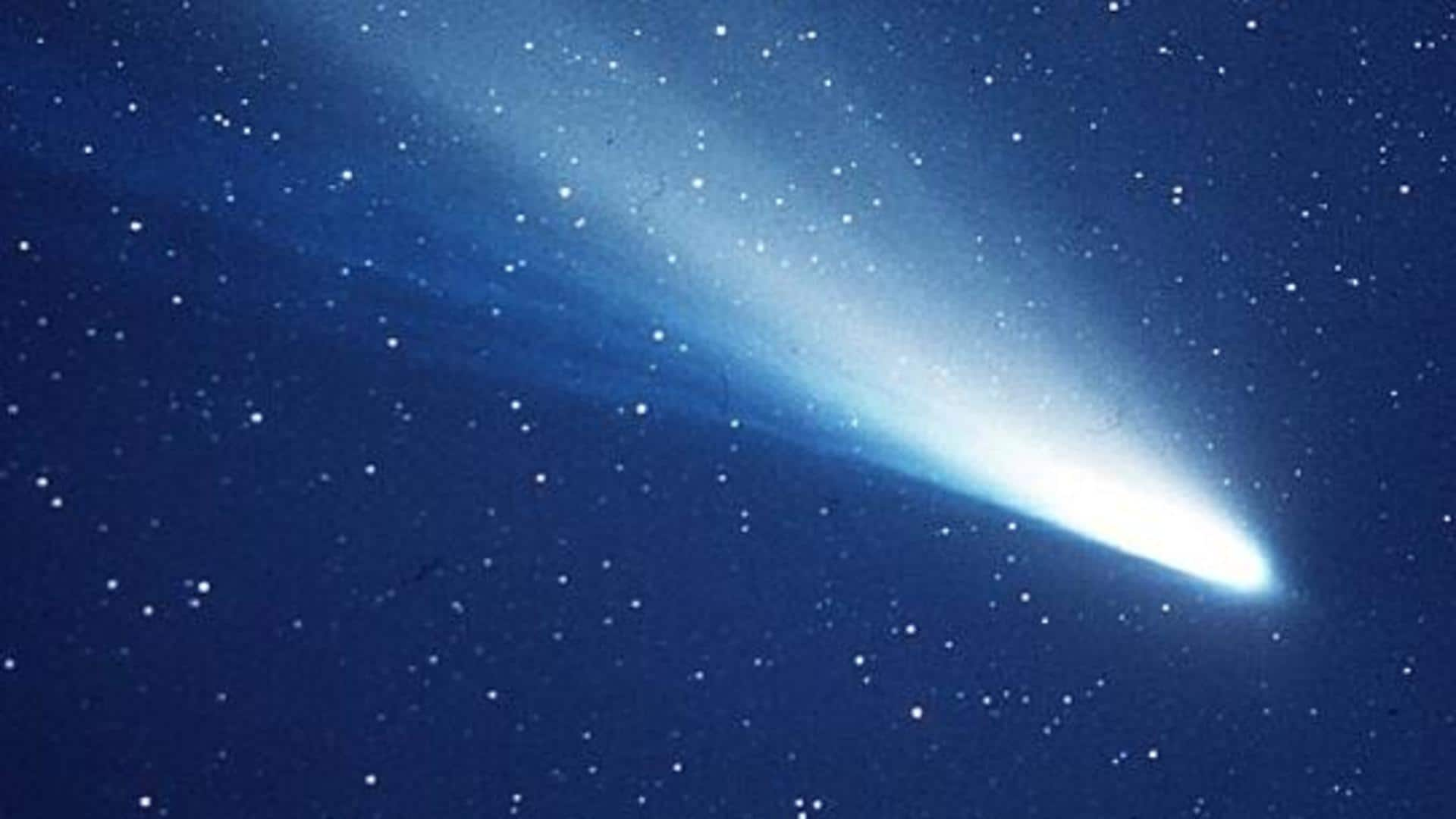
Eta Aquarids meteor shower peaks today: How to watch
What's the story
The Eta Aquarids meteor shower, which is known for its speed, will peak on May 4-5, per NASA. You might not want to miss this event. Why? Experts predict that there will be a meteor "outburst" which could double the number of meteors we see in the sky. So, you may be able to see up to 40 shooting stars or meteors every hour.
Reason
What causes the Eta Aquarids meteor shower?
Meteors originate from leftover debris of comets and broken chunks of asteroids. The reason behind the Eta Aquarids meteor shower is comet 1P Halley. Every time comet Halley crosses the inner solar system, it leaves a trail of ice and rocks. When these leftover particles stream into Earth's atmosphere, they cause the Eta Aquarids in May and the Orionids meteor shower in October.
Meteors
The average velocity of Eta Aquarid meteors is 66km/s
This year, Eta Aquarids meteor shower will reach its peak activity on May 4-5. The meteor shower commenced on April 15 and will be active till May 27, per NASA. The fast-moving Aquarids are said to have an average velocity of 66km/s. These meteors can leave behind glowing "trains", or fiery bits of debris, which last from several seconds to minutes.
Visibility
The meteor shower is visible from northern and southern hemispheres
Aquarids meteors are observable from both northern and southern hemispheres, during predawn hours. However, the southern hemisphere is preferable for viewing the meteors. This is because the viewing location of the radiant—the point where Aquarids come from—is different when seen from different latitudes. The Aquarius constellation, the radiant of Eta Aquarids, is higher up in the sky in the southern hemisphere than the northern.
Meteor outburst
A meteor "outburst" is expected to occur this year
From the northern hemisphere, the Eta Aquarid meteors will be seen more like "Earthgrazers," appearing like long meteors grazing past the horizon. This year, however, will be special. Experts predict that there will be a meteor "outburst," which means we might see twice as many meteors, from the northern hemisphere as well. Next year, the meteor outburst is expected to be stronger.
Instructions
How to watch the meteors?
The best time for viewing the Eta Aqarid meteor shower is the pre-dawn hours. Find a spot away from bright lights, recline comfortably, and point your feet toward the east. Give your eyes 30 minutes to adapt to the night sky and remember to look away from the full moon. You will not require binoculars or a telescope to observe the meteors. Happy skywatching!